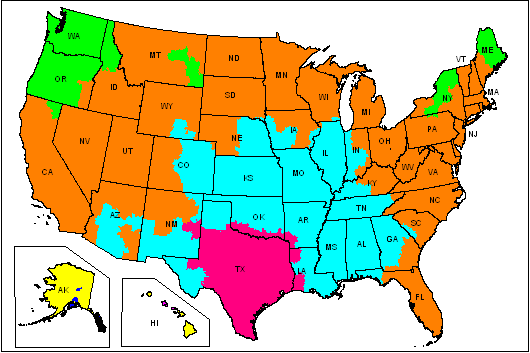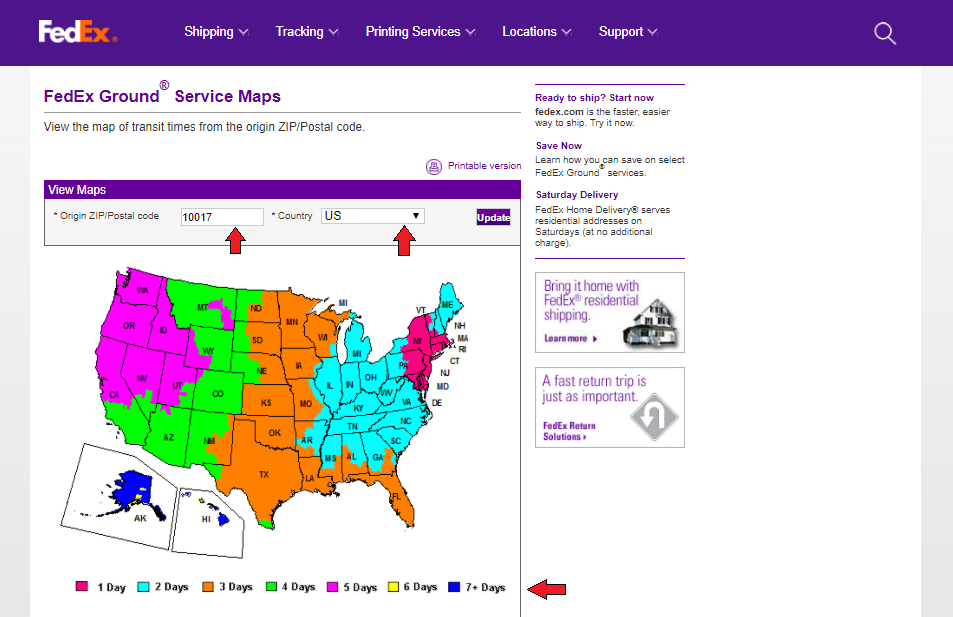


And, if you were to send a package from Dallas, Texas to Arlington, Texas (i.e., locally, within the same state), it would be Zone 1. The nearest (most inexpensive) region to ship to is represented by Zone 1 whereas the furthest (and, thus, most expensive) is Zone 8.įor instance, if you were to send a package through USPS from Dallas, Texas to Portland, Oregon, the shipping zone would be Zone 7. Zones are determined on the basis of the distance a package covers from point X to point Y and are calculated from the first three digits of the shipping item’s origin and destination zip codes. Here’s how USPS calculates shipping zones: This means that two packages sent from different warehouses to the same destination could be delivered to different shipping zones.įor example, a package delivered from Arlington, Texas to Salt Lake City, Utah (left) would be in transit for around three days whereas a package delivered from Boston, Massachusetts to Salt Lake City, Utah (right) might take up to five days due to it being in a higher shipping zone. Shipping carriers calculate zones depending on where the package is shipped from. Here are some of the ways e-commerce shipments are affected by shipping zones: Calculating Shipping Zones Shipping Zones in E-Commerce Order Fulfillment Now that we have a basic understanding of what shipping zones are and how they’re defined let’s take a closer look at how (and why) they play an integral role in your online order fulfillment strategy. Most shipping carriers determine shipping zones based on the distance from where the package is shipped from, to the destination:

In the United States, for example, shipping zones range from Zone 1 to Zone 8. Shipping zones are assigned based on the distance a package travels from the warehouse to the end customer. It’s defined by a grouping of zip codes and measured from where the package is shipped from (also called the point of origin) to its destination. In simple words, a shipping zone is a geographical region to which carriers deliver. In this post, we’ll start by explaining what shipping zones are and then dig deeper to see why they’re important in the context of e-commerce order fulfillment. See how much of an impact shipping zones have on your company’s profit margins and take necessary steps to reduce shipping costs. Knowing how shipping zones fit into your overall order fulfillment strategy helps you:īetter understand how they affect shipping costs and delivery speed.ĭetermine whether you can offer customers affordable shipping options and what you’d have to do to make that possible.


 0 kommentar(er)
0 kommentar(er)
